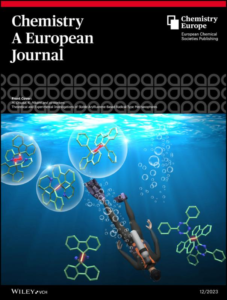Multifunctional γ-Cyclodextrin-Based Metal–Organic Frameworks as Avermectins Carriers for Controlled Release and Enhanced Acaricidal Activity
This is a bit of agriculture: CD-MOFs loaded with avermectin were reported by Chinese Academy of Agricultural Sciences. Inserting these broad-spectrum pesticides within a structure can protect them from degrading easily when exposed to light and make them more potent against pests. The CD-MOF can carry up to 20% of its weight in avermectins, which when nestled in the CD-MOF’s pores are twice as stable under bright light as naked avermectins.
The researchers found that their avermectin-loaded CD-MOF was up to 20 times as effective as powdered avermectins alone at killing the citrus red mite Panonychus citri, which commonly infests citrus plants.
Applying the loaded CD-MOFs to cotton plants, another crop that is commonly protected by avermectins yielded a modest increase in root and stem growth after two weeks. In contrast, applying powdered avermectins inhibited plant growth.







